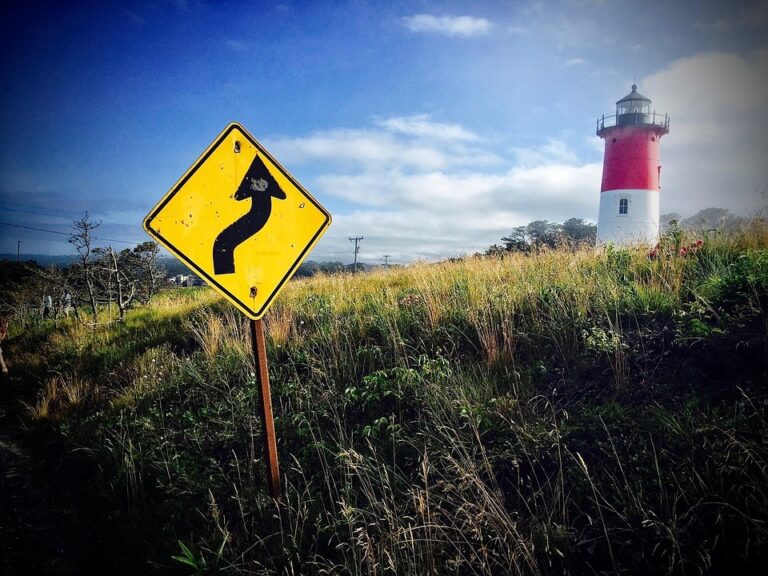
Introduction
Cod is a popular fish species consumed worldwide, known for its mild flavor and versatility in cooking. With the increasing demand for seafood, the debate between wild-caught and farmed cod has become a topic of discussion in the fishing industry. This report aims to compare the sustainability and profitability of wild-caught versus farmed cod, analyzing key factors such as environmental impact, production costs, market prices, and consumer preferences.
Environmental Impact
Wild-Caught Cod
Wild-caught cod fishing can have significant environmental consequences, including overfishing, bycatch of non-target species, and habitat destruction. The depletion of wild cod populations due to overfishing has led to strict regulations and quotas in many regions to prevent further decline.
Farmed Cod
Farmed cod is often seen as a more sustainable alternative to wild-caught cod, as it reduces pressure on natural fish stocks. However, fish farming can also have negative environmental impacts, such as pollution from fish waste and antibiotics, as well as potential escape of farmed fish into the wild.
Production Costs
Wild-Caught Cod
The cost of wild-caught cod production includes expenses for fishing vessels, fuel, equipment, labor, and compliance with fishing regulations. The unpredictable nature of wild fish stocks can also impact production costs, as fluctuations in fish populations can affect catch rates and overall profitability.
Farmed Cod
Farmed cod production involves costs for infrastructure, feed, water quality management, veterinary care, and labor. While initial investment in fish farming can be high, the controlled environment of aquaculture allows for more predictable production outcomes and potentially lower long-term costs compared to wild-caught fishing.
Market Prices
Wild-Caught Cod
The market price of wild-caught cod can fluctuate based on supply and demand dynamics, seasonal variations, and regulatory changes. Consumers often perceive wild-caught fish as more premium and environmentally friendly, leading to higher prices in some markets.
Farmed Cod
Farmed cod is typically sold at a lower price point compared to wild-caught cod, as it is often seen as a more affordable and accessible option for consumers. However, the market price of farmed cod can also be influenced by factors such as production costs, quality standards, and consumer preferences for wild-caught fish.
Consumer Preferences
Consumer preferences play a crucial role in determining the demand for wild-caught versus farmed cod. While some consumers prioritize sustainability and prefer wild-caught fish for its natural flavor and perceived environmental benefits, others may choose farmed cod for its affordability, consistency, and availability.
Conclusion
In conclusion, the sustainability and profitability of wild-caught versus farmed cod depend on various factors such as environmental impact, production costs, market prices, and consumer preferences. While wild-caught cod fishing faces challenges related to overfishing and environmental concerns, farmed cod aquaculture offers a more controlled and potentially cost-effective production model. Ultimately, the choice between wild-caught and farmed cod should consider a balance between environmental sustainability, economic viability, and consumer demand.